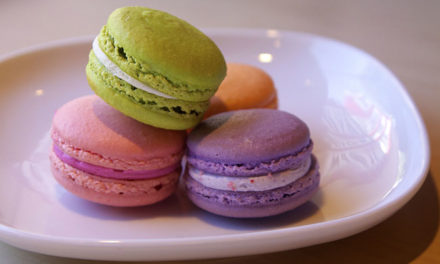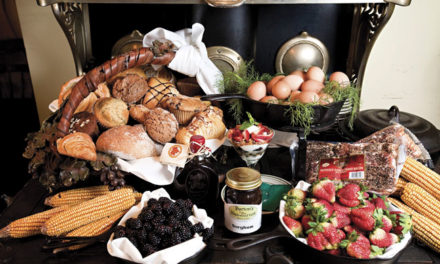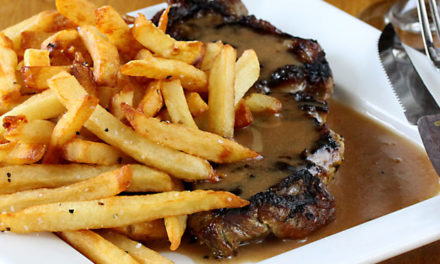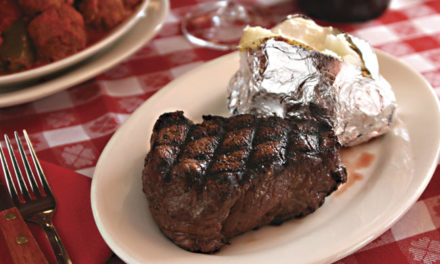
Where do you keep that special bottle of wine, the one gifted on your birthday or brought back from a European vacation? It’s probably forgotten on top of the refrigerator or under the stairs. One day you’ll remember that bottle and wonder if it’s still good.
Go ahead and open it, but be prepared. I’ve seen many wines gone bad from poor storage and poured down the drain. Many were everyday drinking wines that should have been consumed right away. Some were big, intense wines that could have been kept, and possibly even improved, if given proper storage. Still others were top-quality wines that were properly stored and left to mature in their cellars, but forgotten until too late.
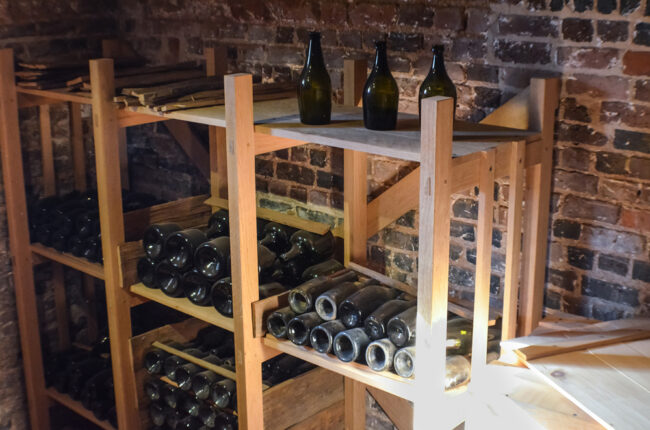
Bottles of wine aging in a wine cellar. Photo by iStock.com/ablokhin
Just what storage conditions are we looking for? Heat and light are the big enemies of wine, so keep yours near 55°F in a dark place. Put them in a space with low humidity to inhibit mold and any moisture that might loosen bottle labels. You also want a space that has little traffic and is free from vibrations, so the sediment, or lees, can settle and clarify the wine.
Cellaring is a way of storing wines and improving them over time. Red wines contain tannins, alum, and unripe- persimmon flavors that leave an astringent coating on your palate.
Everyday reds usually have few tannins and can be comfortably consumed. But many big- bodied, highly concentrated wines (French Bordeaux and big California cabernet sauvignons, for example) contain strong tannins when young. Cellaring is necessary to reduce the tannins and mature the flavors.
How long should they be cellared? The answer varies. A wine with medium body and low tannins will require little or no cellaring—a year or two at most. Big-bodied wines may require five, 10, or 20 years. My 2015 Bordeaux should be at their peak in another five to 10 years. My 1977 port has been cellared for 25 years and counting.
I have friends here in Bloomington who store their dozen or so Italian Barolos and vino nobile di Montepulcianos in an electric wine cooler. A friend in Chicago stores his 12,000 bottles (yes, 12,000) in the basement. Friends in Palo Alto, California, display their white wines in a custom glass wine room, their reds in another room nearby. Space isn’t an issue when your home has 37 rooms.
I began my cellaring with a few bottles on homemade shelving in a cluttered, damp cellar. Yes, some labels fell off. I’ve since cleaned up and built a temperature- controlled cedar wine room. Sleeping inside are 300 or so bottles. If I’m attentive, there will be some fine drinking down the road.
Baby that wine. Give it a good place to sleep. The results may surprise you. And I will drink to that.


